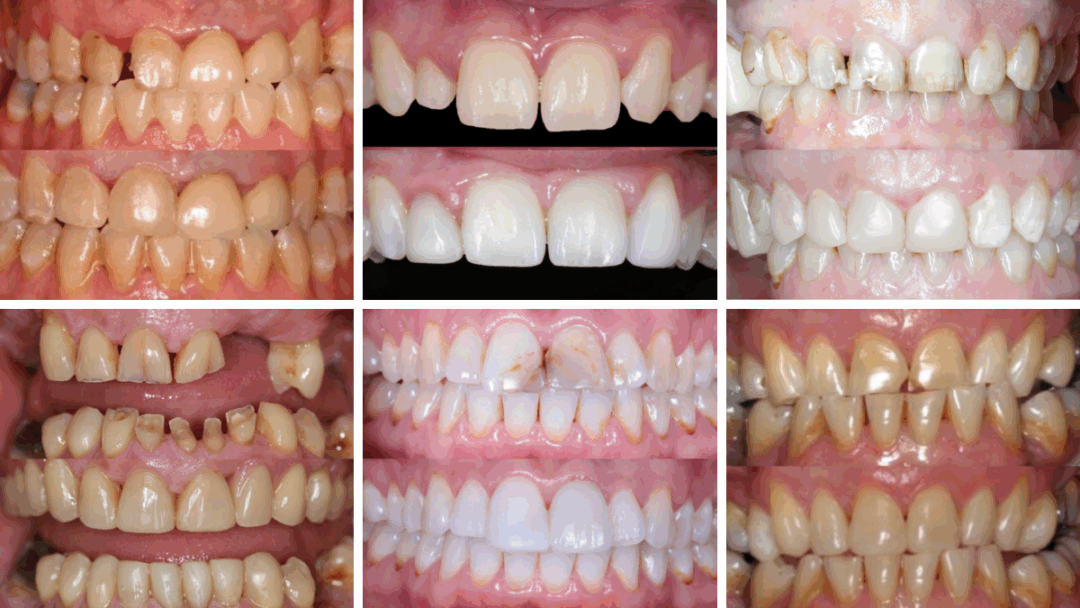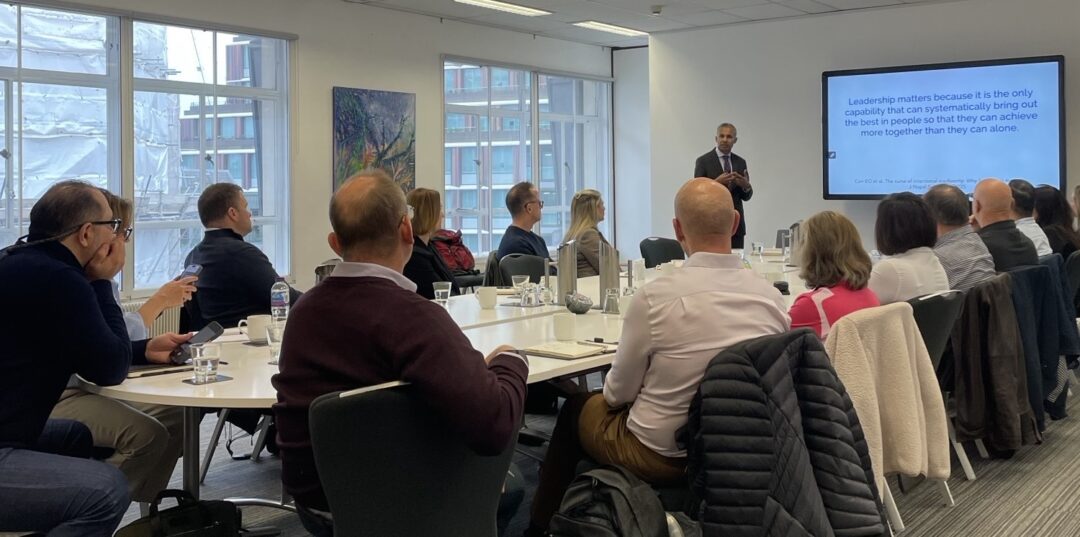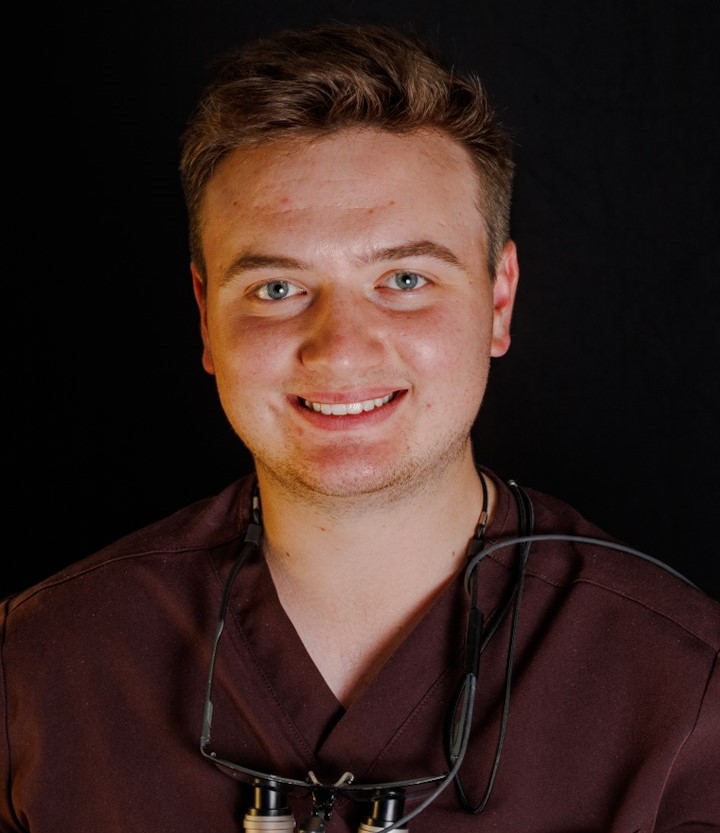The College is now accepting registrations of interest for the first three of its Certified Practitioner schemes.

Dentists interested in the Certified Practitioner in Endodontics, Certified Practitioner in Oral Surgery and/or Certified Practitioner in Implant Dentistry schemes can now register their interest online, and will be emailed once detailed eligibility criteria and application requirements for the relevant scheme have been finalised and applications opened.
The Certified Practitioner programme will enable general dental professionals to have their enhanced skills, knowledge and experience in particular fields of practice recognised. Created in close consultation with stakeholders, including NHS authorities, it will provide authoritative validation of enhanced capability for patients, colleagues and commissioners.
Intended to support recognition across both NHS and private practice, Certified Practitioner statuses will be open to both UK-based dental professionals and those practising elsewhere, and a range of schemes will be developed covering roles across the oral healthcare team.
The Certified Practitioner schemes for dentists are benchmarked against Level 2 case complexity and will align with the capabilities achieved following successful completion of a skills-based, university-awarded postgraduate diploma. The College is working with partners across the professional community to determine appropriate requirements for training and clinical cases, and these will be published discipline-by-discipline in due course.
The first scheme to open will be Certified Practitioner in Endodontics – CertPract(Endo) – the requirements for which now been developed in consultation with the British Endodontic Society. This will be followed by criteria for Oral Surgery – CertPract(OralSurg) – and Implant Dentistry – CertPract(ImpDent) – with further disciplines expected thereafter.
It is anticipated that applicants will be required to have at least five years’ post-registration experience, of which at least two years should be providing general dental treatment. They will need to present a CV, training log and logbook of cases which meet the required standard. They will also need to submit a detailed portfolio of some of these cases, which will form the basis of a peer-reviewed assessment.
Successful applicants will be entitled to use the ‘CertPract’ post-nominal for the relevant discipline. Their Certified Practitioner status will also be published on a Register of Certified Practitioners, and the designation will feature in the College’s Register of Members & Fellows.
Certified Practitioner dentists will be eligible for Associate Fellowship of the College, and deemed to have fulfilled the requirements of the Clinical & Technical domain of College Fellowship. College members will receive a fee discount.
To register your interest in the Certified Practitioner in Endodontics, Certified Practitioner in Oral Surgery and/or Certified Practitioner in Implant Dentistry schemes, click the button below:



















